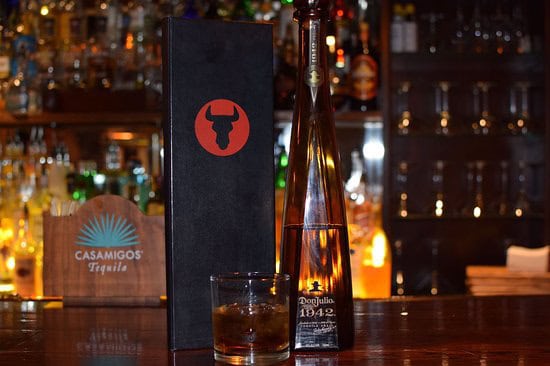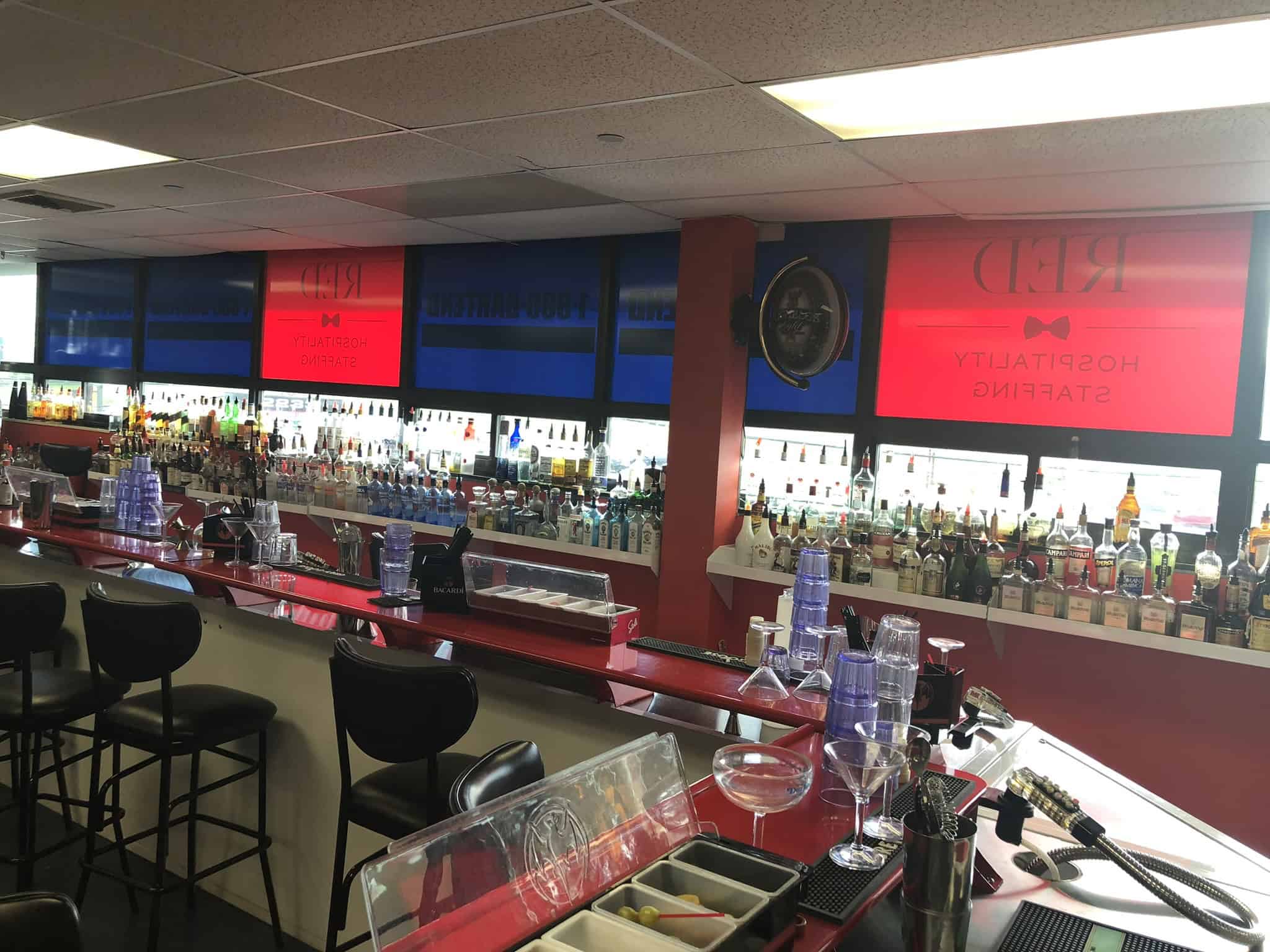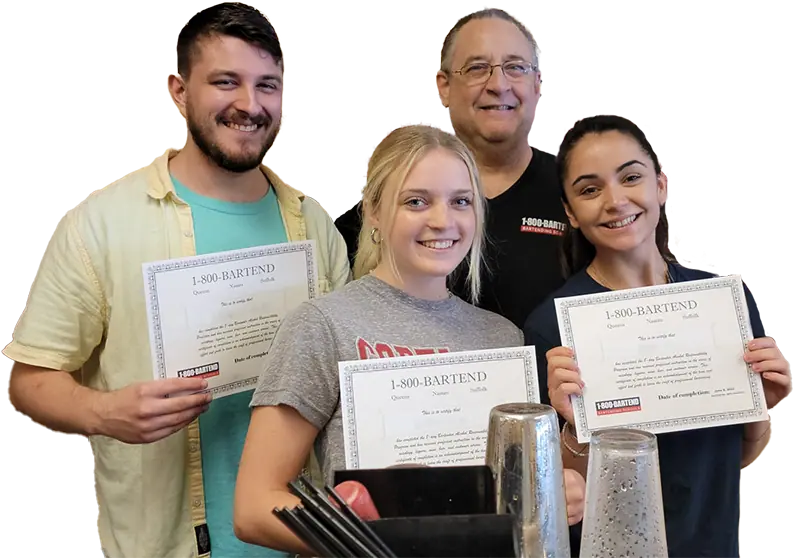Learn the skills employers want, earn your certification, and connect with Long Island bars actively hiring trained bartenders.

See why our customers trust us:

You’re looking at bartending jobs because you want something different. Maybe you’re tired of the same routine, need more flexibility, or want to actually enjoy going to work. The problem isn’t finding job postings—it’s getting hired without experience.
Here’s what changes when you have proper training. You walk into interviews knowing you can handle rush periods, make consistent drinks, and manage difficult customers. You’re not hoping they’ll take a chance on you—you’re showing them exactly what you can do.
The Long Island bar scene moves fast. Employers need bartenders who can jump in without weeks of hand-holding. When you have certification and real skills, you become the candidate they actually want to hire, not just the one they’re willing to try.
1-800 Bartend has been training bartenders who get hired throughout New York. The difference is simple—we focus on what actually matters when you’re behind the bar during a Saturday night rush.
Our instructors have managed bars, hired bartenders, and know exactly what separates candidates who get jobs from those who don’t. You’re not learning from someone who read about bartending—you’re learning from people who’ve lived it.
The training happens with real equipment, real scenarios, and real pressure. Because when you’re interviewing for bartending jobs in Huntington Station, employers can tell the difference between someone who practiced at home and someone who trained professionally.

The process starts with hands-on training using professional bar equipment. You learn drink recipes, proper pouring techniques, and how to manage multiple orders without falling behind. No theory-heavy lectures—just practical skills you’ll use every shift.
You practice real scenarios like handling difficult customers, managing busy periods, and working with other staff. The goal is building confidence so you can walk into any bar and know you belong there.
Once you complete certification, you get job placement assistance. That means connections with local employers who specifically look for trained bartenders, not just anyone willing to work. You’re not sending resumes into the void—you’re connecting with bars that value proper training.

Ready to get started?
Your training covers classic cocktails, beer service, wine basics, and the speed techniques that keep customers happy during rush periods. You learn inventory management, cash handling, and the customer service skills that turn one-time visitors into regulars.
The certification you earn is recognized by employers throughout New York. It shows you’ve been trained properly and can handle the responsibilities that come with bartending. This isn’t just a piece of paper—it’s proof you’re ready for the job.
You also get ongoing support after certification. Questions about a new position? Need advice on handling a difficult situation? The training doesn’t end when you get hired—it continues as you build your bartending career.

Sign up, get trained, and let’s get you behind the bar in just one week. Your future in bartending starts now!

1-800-Bartend
For Students
For Businesses
Helpful Links